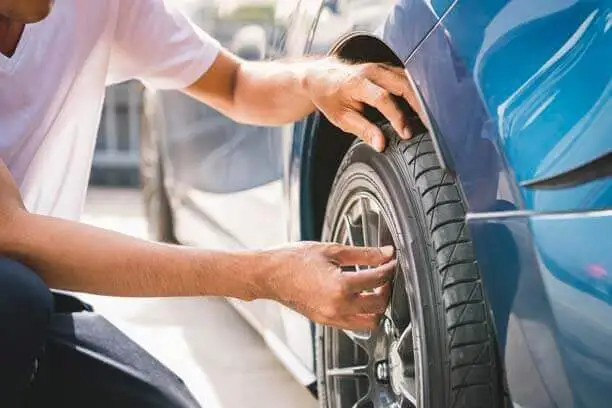8 Car Maintenance Mistakes You're Making Right Now


It doesn’t take a mechanic to perform basic car maintenance. If driving through the carwash and filling up with gas is as far as you go, it might be time to brush up on your car care skills. Preventive maintenance will save you headaches — and potentially lots of money — down the road. Another bonus: The basics are relatively cheap, or free. Keep reading to see what the most common car maintenance mistakes are — and how you can remedy them.
Flip through your owner’s manual. You wouldn’t dive into using a new piece of technology without reading the manual and you shouldn’t do that with your vehicle. Every car — and the maintenance required — is different. Step one is to find out what your manufacturer suggests: how often you should change your oil, the type of oil and gas best for your vehicle, and when you need to replace drive and timing belts. Filling up with the wrong type of gas or using the wrong oil could even void your warranty or cause damage you’ll have to repair later, so brush up on the basics. Use our easy-to-follow car maintenance checklist.
Don’t be afraid to open your hood and get a good look at what you’re working with. You don’t need to change your own coolant, power steering fluid or antifreeze, but you should know how to check the levels. (Check your owner’s manual or search online based on the make and model of your car for help.) If you can’t see the tank level directly, you should be able to find a gauge or dipstick to pull out. If you’re running low on one or notice a leak, time to take your ride in for service. Check your oil, too. Is it murky right after a change? You may have an issue on your hands.
Every now and then, give your car an at-home inspection. Set a date on your calendar — once a month should do it — and stay consistent. Buy an inexpensive air pressure gauge and check your tires, start your car and listen for odd sounds, check for leaks and inspect the tread on your tires. Locate your battery and spark plugs, make sure they’re free of buildup and deposits.
Get the most out of your tires by getting them rotated and balanced regularly. (Another check-your-manual moment.) Fighting to drive in a straight line? This is likely a quick fix and essential piece of car maintenance that will make your drive a whole lot safer.
Oil changes feel like a hassle (who wants to sit at the dealership?), but they’re necessary. No, you likely don’t need to go in for an oil change every 3,000 miles. Newer, more efficient oils mean fewer oil changes. Many manufacturers suggest closer to 8,000 to 10,000 miles between services. If your regular routes include lots of stopping and starting, you may need to go in a bit more often. Schedule your maintenance by mileage.
You only need windshield wipers when you really need them. If they leave your windshield streaky and limit your visibility in wet conditions, swap them out. Anything that makes driving riskier isn’t worth the few dollars, and you’ll save time waiting on a replacement.
Some regular maintenance, like replacing your cabin air filter and engine air filter, are DIY jobs. Replacing your cabin air filter will make for a cleaner ride — less dust and pollutants filling your vehicle — and it’s easy to access in most cars. The engine air filter may be tougher to get to but check your manual or do some digging online and go at it yourself.
Get ahead of costly auto repairs. Replacing a worn-out timing belt will run you a few hundred bucks. Replacing one that fails? Now you’re looking at a couple thousand dollars. Check your manual to find out when your manufacturer recommends changing out the timing and serpentine belts. If your belts are in good shape, you’re good to go. If they’re worn, get them replaced. Don’t wait until you’ve broken down, with additional damage to repair. Prepare for a roadside emergency.
When your car is well maintained it runs better and will have fewer issues, and help you extend the life of your vehicle. Your Farm Bureau agent can help you ensure you have the right auto coverage — including roadside assistance — to keep you up and running safely.